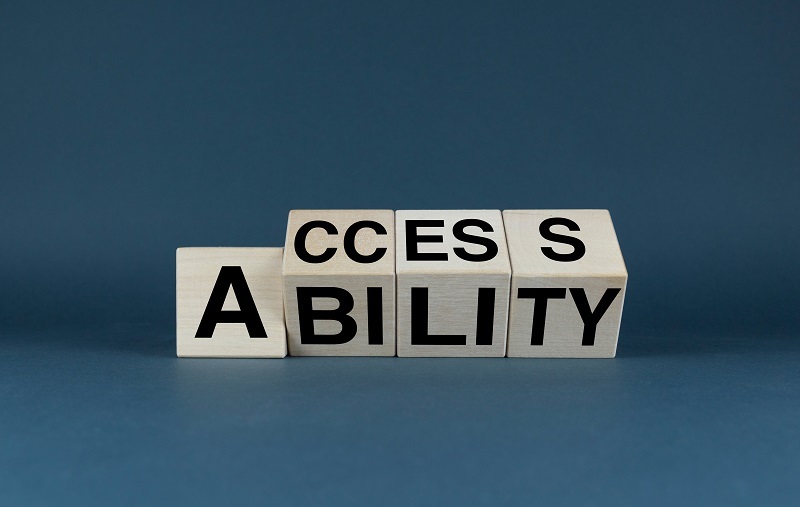As someone with a sociologist approach to her role, Anna Jakielaszek, diversity and inclusion consultant for SeeBeMean uses her Attention Deficit and Hyperactive Disorder (ADHD) to help organisations engage in conversations around neurological diversity.
Speaking with DiversityQ during ADHD awareness month in October, Jakielaszek shared, what employers can do to help their employees with ADHD.
How do you manage having ADHD in the workplace?
If you have ADHD in the workplace, there are several inexpensive and simple ways to gain control over it.
A big challenge for people with ADHD is being organised, so having an organisational system around you can really help. For example, what works for me is the ‘Pomodoro technique’. Put a timer on for 15 minutes, and check once it goes off if you are still doing what you’re meant to be doing. It’s easy to get distracted with ADHD, and this method holds you accountable for that.
Sharing your diagnosis with your team is also a great step and stops you from masking your condition and pretending to be someone you’re not. That conversation can be challenging, but once you are both on the same level of understanding, you’ll see the benefits.
When I had that conversation, it gave me the freedom to ask my manager if they could check my work or be more specific without any feelings of shame or embarrassment. Knowing that your team will help you and understand your condition will not just improve your work, but your mental wellbeing in the workplace, too.
Communication is so important; after all, you are the expert on how you experience your ADHD.
How can employers better understand ADHD?
There are some more obvious signs to remember, such as struggling to meet deadlines, spacing out, being fidgety and making small mistakes.
People with ADHD have been encouraged to mask their condition, so these symptoms wouldn’t be extreme like stereotypes suggest. ADHD brains can often be interpreted as being a bad or lazy worker, which is far from the truth.
If you become confused about your employee because one day they are an amazing worker and the next they’re not, that’s a sign that something could be up.
Should employers be able to spot ADHD?
Maybe we should be asking if organisations have an attention deficit. Perhaps they’re hyperactive with some issues but inattentive towards others.
There are so many conditions and differences that people have, so understanding every condition is not a realistic expectation.
I think an organisation should reflect on their expectations for their employees, and eliminate the bias in their expectations. Organisations should be more sensitive to their employee’s differences and cater their expectations around that, to create psychological safety for their employees.
By psychological safety, I mean creating a safe space for neurodiverse employees to work around their conditions comfortably. Once employees feel safe enough to open up, solutions can be made.
What can employers do to help?
The office workspace with open plans and busy atmospheres can be very distracting when trying to get on with work. Having a quiet space with little distractions could help see a boost in productivity and mood.
When working from home, check in on them as much as possible to make sure that all information is clear; sometimes it is hard to retain information when it’s not face-to-face. Working from home could either be amazing or not so great for people with ADHD, so checking in helps employees.
It can be simple things like having a one-to-one once a week to catch up or having a buddy system.
It’s not difficult or expensive to help employees with ADHD; it’s about communicating.
What should employers remember?
It is a condition.
A good and honest conversation without judgement is all that is needed to help someone with ADHD.
With that being said, people with ADHD have superpowers, and so many traits that employers would benefit from keeping around.
What are superpowers that people with ADHD have?
If people with ADHD really like something, they will hyper-focus on it, and really dive deep into the topic and the project. For context, Albert Einstein had ADHD. I’m not saying that every person with ADHD will win a Nobel Prize, but we can achieve amazing things.
Also, we are known for being curious and loving innovation. If there are changes within the company, people with ADHD will jump to the opportunity to help or be a part of it. ADHD brains are creative; we can be creative in finding solutions, being pragmatic and working with others.
Women with ADHD struggle with diagnosis. Why?
ADHD has different faces; it isn’t just hyperactive. Females tend to be more inattentive, so are less likely to be physically visible.
Young girls are encouraged from a young age to be nice, polite and quiet, and that social conditioning plays a part. Boys are allowed to be aggressive, destructive and display ADHD symptoms.
ADHD often also comes with other conditions, and like many others, I also suffer from anxiety and depression. I think that gets in the way of realising that ADHD is the core issue.
Are women with ADHD often dismissed?
Yes, definitely.
Women with ADHD are very good at masking. Being your authentic self can be difficult because you’ve learnt to change your social behaviour through micro-messaging. We can learn to interact with others, but it doesn’t mean we don’t have struggles.
But at the end of the day, what we can achieve can be amazing.









